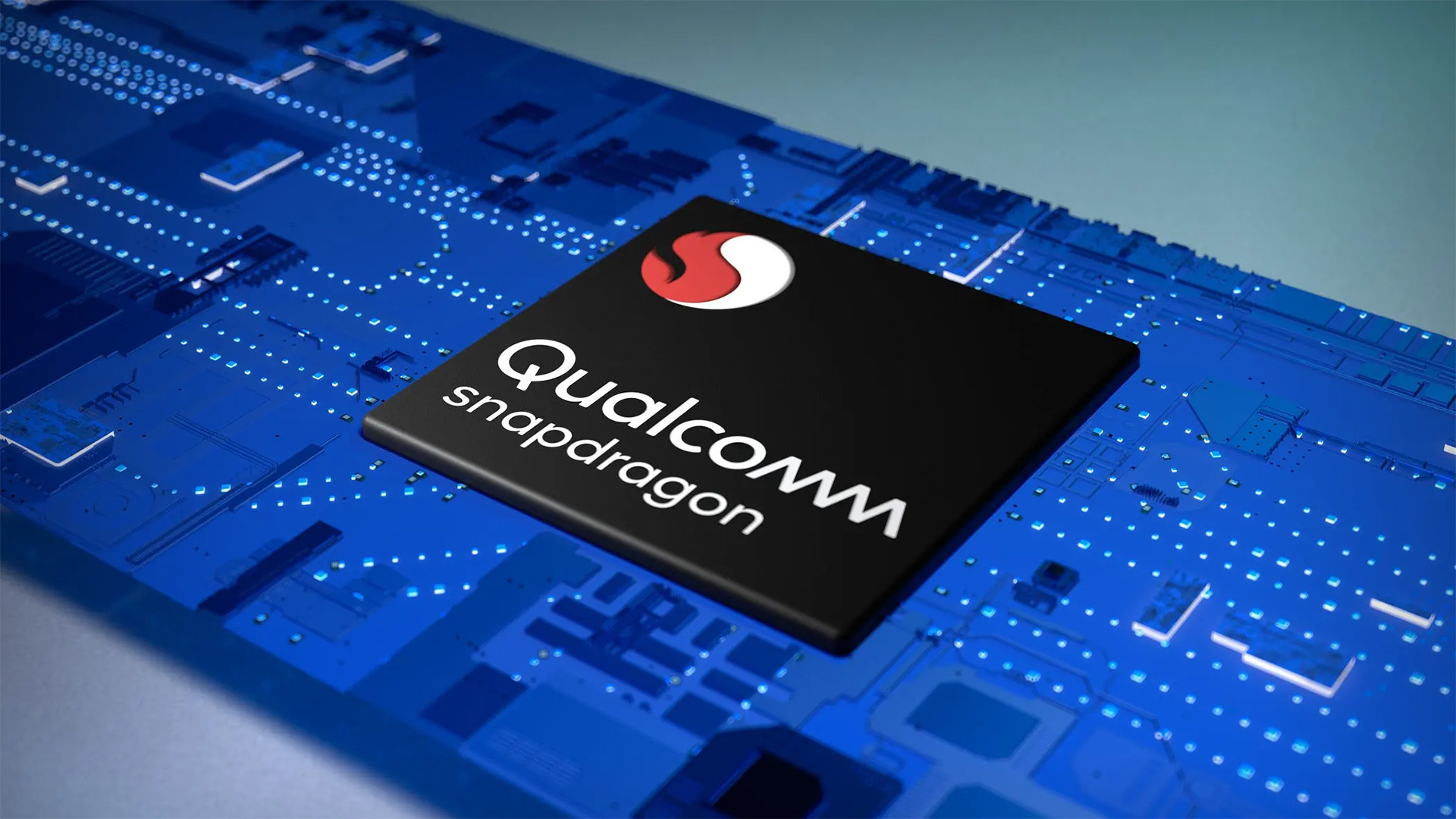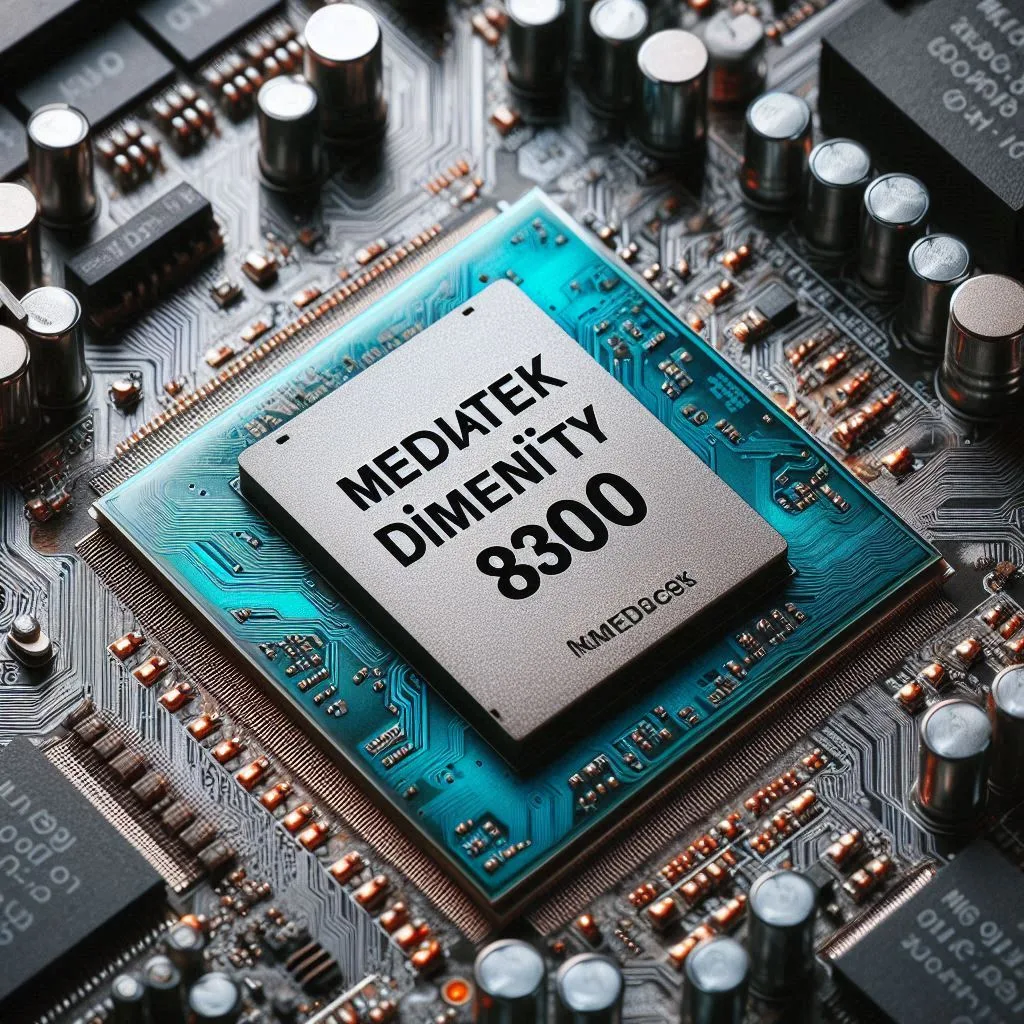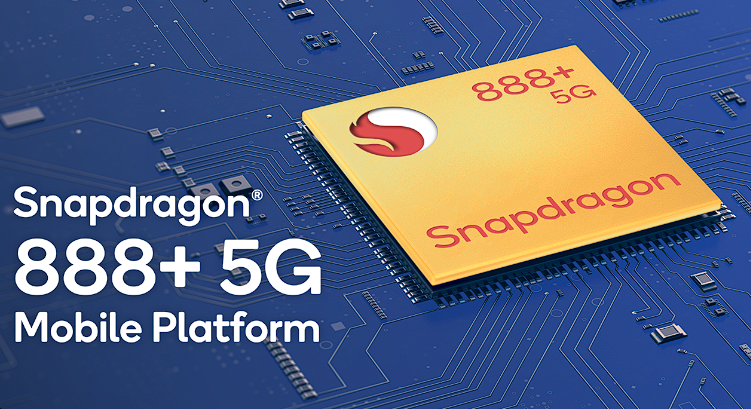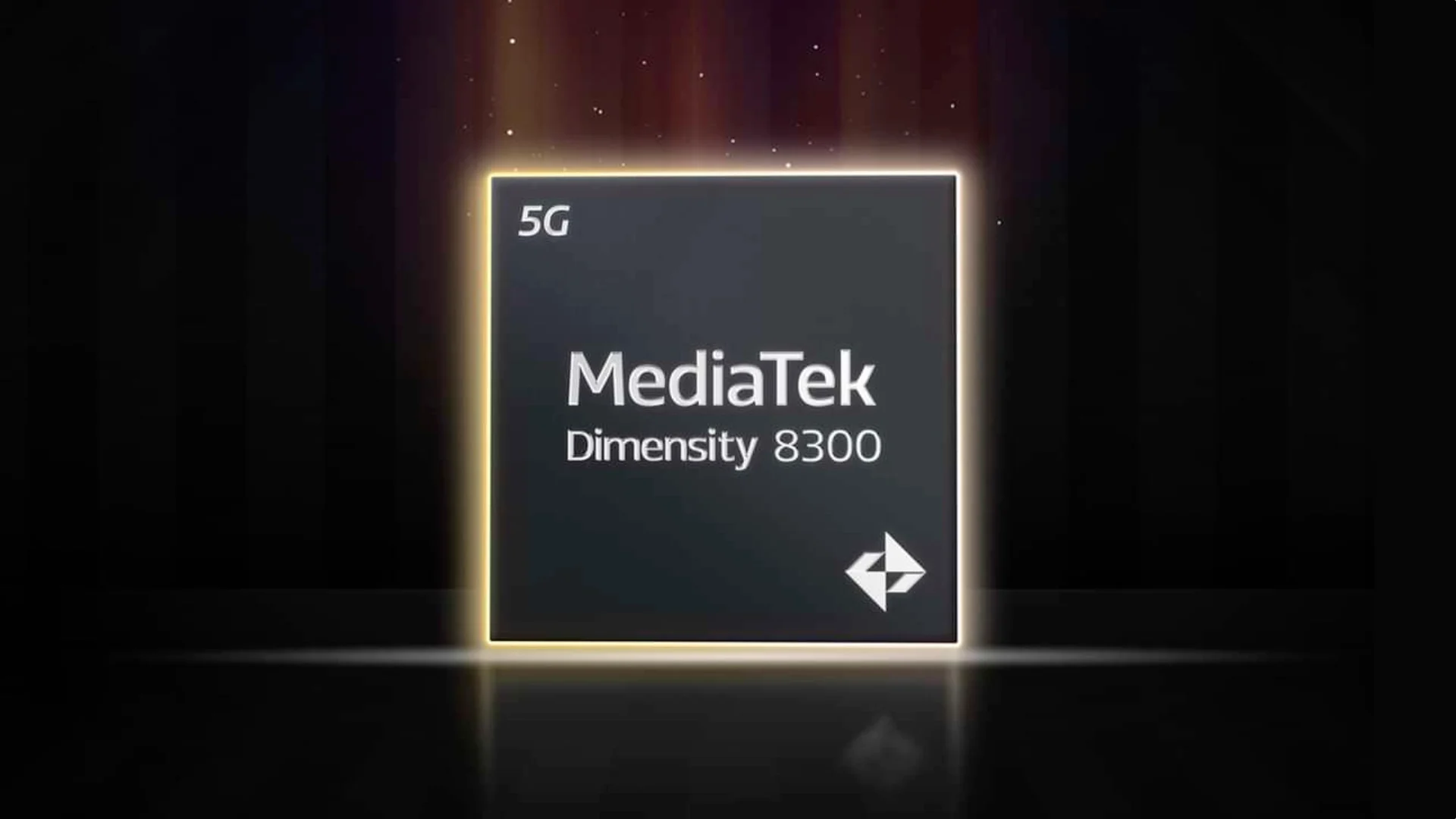- Explore
- Blog
- How Snapdragon Chips Revolutionize Modern Technology - Peicheng
How Snapdragon Chips Revolutionize Modern Technology - Peicheng


Snapdragon chips have become a cornerstone in modern technology, powering a vast array of devices from smartphones to laptops. You might wonder how Snapdragon chips change the world. These chips dominate the Android smartphone market, offering unparalleled performance and efficiency. Qualcomm's Snapdragon processors are among the most ubiquitous SoCs, with a significant presence in flagship Android phones. This blog aims to provide you with a comparative analysis of Snapdragon chips against their competitors, highlighting their unique capabilities and market impact.
Testing Methodology
Testing Methodology
To understand the capabilities of Snapdragon chips, you need to know how they are tested. Testing procedures ensure that these chips meet high standards of performance and efficiency.
Types of Tests Conducted
Performance Tests: These tests measure how well the chip performs tasks like processing data and running applications. They help you see the speed and efficiency of the chip.
Power Efficiency Tests: These tests evaluate how much power the chip uses. They show you how long a device can run on a single charge.
Thermal Tests: These tests check how the chip manages heat. They ensure that the chip does not overheat during heavy use.
Compatibility Tests: These tests verify that the chip works well with different software and hardware. They ensure that you can use the chip in various devices without issues.
Criteria for Evaluation
When evaluating Snapdragon chips, you should consider several criteria:
Speed: How fast does the chip process information?
Efficiency: How well does the chip use power?
Heat Management: Does the chip stay cool under pressure?
Compatibility: Can the chip work with different systems and applications?
Tools and Equipment Used
Testing Snapdragon chips requires specific tools and equipment. These tools help you get accurate and reliable results.
Benchmarking Software
Benchmarking software plays a crucial role in testing. It measures the chip's performance in various scenarios. Popular benchmarking tools include:
Geekbench: This tool evaluates CPU and GPU performance. It provides scores that help you compare different chips.
AnTuTu: This software tests overall performance, including speed, graphics, and user experience.
Hardware Specifications
Testing also involves examining the hardware specifications of the chip. You need to know:
CPU Architecture: The design of the chip's central processing unit affects its performance.
GPU Capabilities: The graphics processing unit determines how well the chip handles visual tasks.
By understanding these testing methodologies, you gain insight into the strengths and weaknesses of Snapdragon chips. This knowledge helps you make informed decisions when choosing devices powered by these chips.
Detailed Specifications
Snapdragon Chip Specifications
Snapdragon chips have become a staple in the tech industry, known for their robust performance and efficiency. Let's delve into the specifics of these chips.
CPU Architecture
Snapdragon chips boast a variety of CPU architectures tailored to different performance needs. For instance, the Snapdragon 4 Gen 1 features a 6nm design with a combination of Cortex-A78 and Cortex-A55 cores. This setup provides a balance between power and efficiency, making it suitable for mid-range devices. Meanwhile, the Snapdragon 6 Gen 1 takes it up a notch with a 4nm design and an enhanced CPU configuration, offering a 40% performance boost over its predecessor. These advancements ensure that Snapdragon chips can handle demanding tasks with ease.
GPU Capabilities
Additionally, the Snapdragon 8 Elite chip introduces AI-driven features that further enhance visual processing, ensuring seamless and immersive experiences.
Competitor Chip Specifications
While Snapdragon chips offer impressive capabilities, it's essential to compare them with other leading chips in the market, such as those from Apple and Intel.
Apple Chip Features
Apple's chips, particularly those used in the Apple MacBook Pro and MacBook Air, are renowned for their integration and performance. The Apple chips utilize a unified memory architecture, which allows for efficient data processing and faster access times. This design contributes to the Apple MacBook's reputation for smooth multitasking and quick application launches. Furthermore, the Apple MacBook Air benefits from these chips' power efficiency, providing extended battery life without compromising performance.
Intel and AMD Chip Features
Intel and AMD chips are also key players in the processor market. Intel Core Ultra chips, for example, are known for their high-performance capabilities, making them a popular choice for gaming and professional applications. The Core Ultra series offers advanced features like hyper-threading and turbo boost, which enhance processing speed and efficiency. On the other hand, AMD Ryzen chips provide a competitive edge with their multi-core architecture, allowing for efficient parallel processing. AMD chips are particularly favored in the gaming community for their ability to handle intensive graphics tasks.
Performance Benchmarks

CPU Performance
Snapdragon chips have made significant strides in CPU performance, offering impressive capabilities that cater to various user needs. Let's explore how these chips perform in both single-core and multi-core scenarios.
Single-Core Performance
When you consider single-core performance, Snapdragon chips stand out for their speed and efficiency. The Snapdragon 8 Elite chip, for instance, outperforms the Intel Core Ultra 7 in single-core tests. This means that for tasks requiring quick processing of individual threads, Snapdragon provides a noticeable advantage. You will find this beneficial in applications where speed is crucial, such as browsing and running single-threaded applications.
Multi-Core Performance
In multi-core performance, Snapdragon chips continue to impress. The Snapdragon 8 Gen 3 offers a 30% faster CPU compared to its predecessors like the Snapdragon 6 Gen 1 and Snapdragon 680. This improvement ensures that you can handle multiple tasks simultaneously without experiencing slowdowns. The Snapdragon 8 Elite closely matches the Intel Core Ultra 7 in multi-core testing, showcasing its ability to manage complex, multi-threaded applications efficiently. This makes it an excellent choice for users who require robust multitasking capabilities.
GPU Performance
The graphics processing unit (GPU) in Snapdragon chips plays a pivotal role in delivering high-quality visual experiences. Let's delve into how these chips perform in graphics rendering and gaming.
Graphics Rendering
Snapdragon chips excel in graphics rendering, providing smooth and detailed visuals. The Snapdragon 8 Gen 3 features enhanced GPU capabilities, offering a 20% increase in efficiency over previous models like the Snapdragon 6 Gen 1. This improvement ensures that you can enjoy high-resolution graphics without compromising on performance. Whether you're editing photos or watching high-definition videos, Snapdragon chips deliver exceptional visual quality.
Gaming Performance
For gaming enthusiasts, Snapdragon chips offer a compelling experience. The Snapdragon 8 Elite chip, equipped with advanced GPU technology, provides superior gaming performance. It outperforms competitors like the iPhone 16 Pro and iPhone 15 Pro Max in browsing speed tests, which translates to faster load times and smoother gameplay. Additionally, Qualcomm's Adreno GPUs, while lagging behind Intel and AMD integrated GPUs in some benchmarks, excel in multicore benchmarks, ensuring that you can enjoy immersive gaming experiences with minimal lag.
By understanding these performance benchmarks, you gain valuable insights into the capabilities of Snapdragon chips. This knowledge helps you make informed decisions when selecting devices that meet your performance needs.
Power Efficiency
Snapdragon chips have made significant strides in power efficiency, a critical factor for modern devices. You will find that these chips offer impressive battery life and effective thermal management, making them a popular choice for many users.
Battery Life Comparisons
Snapdragon vs. Apple
When comparing battery life, Snapdragon chips often stand out. They provide longer usage times on a single charge compared to some Apple chips. For instance, the Snapdragon 8 Gen 3 chip, despite an 11 percent degradation in efficiency compared to its predecessor, still offers competitive battery performance. This means you can enjoy extended device usage without frequent recharging. Apple's chips, known for their power efficiency, still face stiff competition from Snapdragon in this area.
Snapdragon vs. Intel and AMD
Snapdragon chips also excel when compared to Intel and AMD processors. The Snapdragon 8 Gen 3 chip, for example, maintains a balance between performance and power consumption. In contrast, the X1P-42-100 chip, a competitor, shows inefficiency at a 30-watt TDP, slightly lower than the AMD Zen 5 chip. This inefficiency highlights Snapdragon's advantage in delivering longer battery life, especially in mobile devices. You will appreciate this efficiency in everyday use, as it reduces the need for constant charging.
Thermal Management
Heat Dissipation Techniques
Snapdragon chips incorporate advanced heat dissipation techniques to manage thermal output effectively. These techniques ensure that the chips remain cool even during intensive tasks. You will notice that devices powered by Snapdragon chips tend to stay cooler, enhancing user comfort and device longevity. This is achieved through innovative designs that optimize airflow and heat distribution within the device.
Impact on Performance
Effective thermal management directly impacts performance. Snapdragon chips maintain high performance levels without overheating, which is crucial for tasks like gaming and video editing. You will experience consistent performance without throttling, even during prolonged use. This capability sets Snapdragon apart from competitors like the Dell XPS series, which may struggle with heat management under heavy loads. By keeping temperatures in check, Snapdragon chips ensure that your device performs optimally at all times.
Additional Features
Snapdragon chips offer a range of additional features that enhance their functionality and appeal. These features make Snapdragon a preferred choice for many users and manufacturers.
Emulation Capabilities
Snapdragon chips excel in emulation capabilities, allowing you to run software designed for different architectures. This flexibility ensures that you can use a wide variety of applications on devices powered by Snapdragon.
Software Compatibility
Snapdragon chips provide excellent software compatibility. You can run Android and Windows applications seamlessly, thanks to Qualcomm's robust architecture. This compatibility extends to various software environments, making Snapdragon a versatile option for developers and users alike. Whether you're using a Samsung Galaxy device or a Snapdragon laptop, you can expect smooth performance across different platforms.
Performance in Emulated Environments
In emulated environments, Snapdragon chips deliver impressive performance. The efficient CPU architecture ensures that applications run smoothly, even when emulating other systems. You will notice minimal lag and high responsiveness, which enhances your overall user experience. This capability is particularly beneficial for Snapdragon Windows Arm PCs, where running legacy Windows applications is crucial.
Connectivity Options
Snapdragon chips come equipped with advanced connectivity options, ensuring that you stay connected wherever you go. These features enhance the usability and functionality of devices powered by Snapdragon.
5G and Wi-Fi 6 Support
Snapdragon chips support cutting-edge connectivity technologies like 5G and Wi-Fi 6. With 5G support, you can enjoy lightning-fast internet speeds and low latency, making it ideal for streaming, gaming, and video conferencing. Wi-Fi 6 support ensures stable and fast wireless connections, even in crowded networks. This combination of connectivity options makes Snapdragon laptops and smartphones highly desirable for users who demand reliable internet access.
Bluetooth and Other Interfaces
In addition to 5G and Wi-Fi 6, Snapdragon chips offer robust Bluetooth capabilities. You can connect to a wide range of devices, from wireless headphones to smart home gadgets, with ease. Qualcomm's integration of various interfaces ensures seamless communication between devices, enhancing your digital lifestyle. Whether you're using a Snapdragon Dell XPS or a Samsung Galaxy device, you can expect reliable and efficient connectivity.
Snapdragon chips, designed by Qualcomm, continue to revolutionize modern technology with their advanced features and capabilities. From emulation to connectivity, these chips offer a comprehensive solution for today's tech-savvy users. By choosing devices powered by Snapdragon, you gain access to a world of possibilities and enhanced performance.
How Snapdragon Chips Change the World

Snapdragon chips have significantly impacted modern technology, transforming how you experience mobile and computing devices. The Qualcomm Snapdragon X Elite series exemplifies this transformation, showcasing advancements in AI and machine learning that redefine device capabilities.
Qualcomm Snapdragon X Elite
Advancements in AI and Machine Learning
The Qualcomm Snapdragon X Elite chips push the boundaries of on-device AI capabilities. You will find that these chips enhance smartphone experiences by integrating AI into everyday tasks. For instance, the Snapdragon 8s Gen 3 brings more on-device AI to smartphones, improving functionalities like camera performance and gaming. This advancement allows your device to process complex tasks efficiently, providing a seamless user experience.
Snapdragon X Elite chips also excel in machine learning, enabling devices to learn and adapt to your usage patterns. This capability enhances personalization, making your interactions with devices more intuitive. Whether you're using a Microsoft Surface Laptop or a Microsoft Surface Pro, the Snapdragon X Elite ensures that your device remains responsive and efficient.
Impact on Mobile and Laptop Markets
The Snapdragon X Elite chips have revolutionized the mobile and laptop markets. In mobile devices, these chips offer exceptional performance, making them a preferred choice for flagship smartphones. You will notice that devices powered by Snapdragon X Elite deliver superior speed and efficiency, enhancing your mobile experience.
In the laptop market, Snapdragon X Elite chips have made significant strides. Devices like the Microsoft Surface Laptop and Microsoft Surface Pro benefit from the chip's power efficiency and performance. These laptops offer extended battery life and robust multitasking capabilities, making them ideal for both personal and professional use. The integration of Snapdragon X Elite in these devices highlights how Snapdragon chips change the world by setting new standards in computing.
Windows on Arm
Integration with Snapdragon Chips
Windows on Arm represents a significant shift in computing, with Snapdragon chips playing a crucial role in this transition. You will find that the integration of Snapdragon X Elite chips with Windows on Arm devices enhances performance and compatibility. This integration allows you to run a wide range of applications smoothly, ensuring that your device remains versatile and efficient.
The Snapdragon X Elite chips provide the necessary power and efficiency to support Windows on Arm, making devices like the Microsoft Surface Laptop and Microsoft Surface Pro more appealing. This combination offers you a seamless computing experience, whether you're working on complex tasks or enjoying multimedia content.
Future Prospects for Windows on Arm Devices
The future of Windows on Arm devices looks promising, thanks to the capabilities of Snapdragon X Elite chips. As these chips continue to evolve, you can expect even greater performance and efficiency from your devices. The Snapdragon X Elite series will likely drive innovation in the Windows on Arm ecosystem, offering you more powerful and versatile computing options.
In conclusion, the Qualcomm Snapdragon X Elite chips exemplify how Snapdragon chips change the world. By advancing AI and machine learning, and transforming mobile and laptop markets, these chips set new benchmarks in technology. Whether you're using a Microsoft Surface Laptop or a Microsoft Surface Pro, Snapdragon X Elite ensures that your device remains at the forefront of innovation.
Snapdragon chips have redefined the core of modern technology. You see their impact in the superior performance and efficiency they bring to devices. The Snapdragon 8 Elite chipset, for instance, enhances Android phones with AI capabilities, improving user experience significantly. Qualcomm's commitment to innovation ensures that Snapdragon remains at the forefront of technological advancements. As you look to the future, expect Snapdragon to continue pushing boundaries, shaping the tech landscape with its powerful core architecture and versatile applications.














